How to View Text Messages Sent and Received: 6 Simple Methods

Text messages serve as a record of important discussions, confirmations, and interactions. But what if you need to access sent and received messages on a device?
In this article, we’ll explore six effective methods to view text messages sent and received. Additionally, we’ll introduce a powerful tool designed for secure and efficient message tracking.
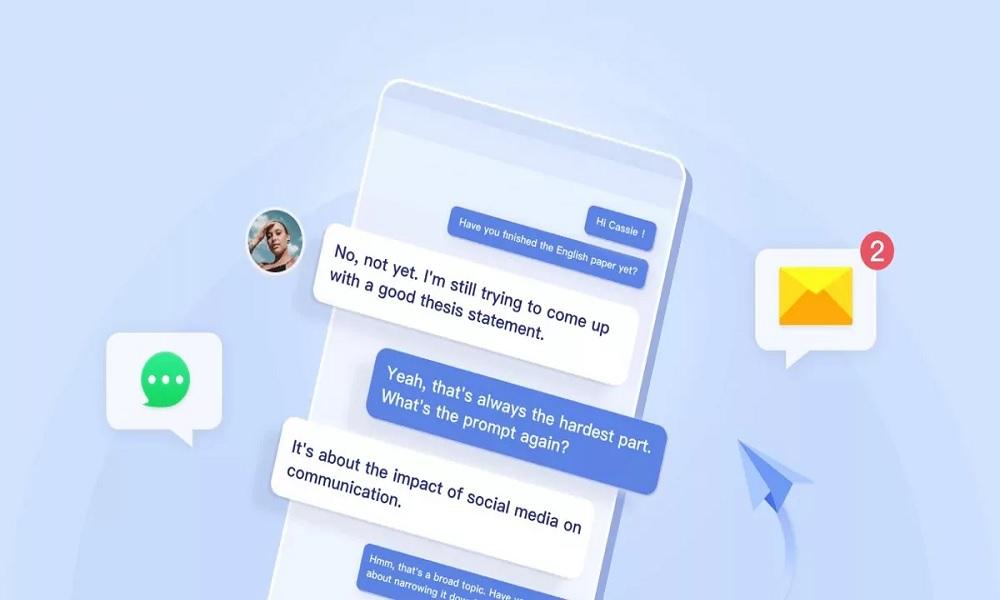
Understanding Text Messages and Their Storage
Before exploring ways to view sent and received messages, it's essential to understand where and how they are stored.
Types of Text Messages
Text messages generally fall into two main categories, but modern messaging extends beyond traditional SMS and MMS. Understanding these types can help you determine what kind of messages you’re dealing with.
- SMS (Short Message Service): These are standard text messages sent over cellular networks, usually limited to 160 characters per message. They do not support images, videos, or other multimedia elements. SMS is commonly used for personal communication, OTP (one-time password) verifications, and business notifications.

- MMS (Multimedia Messaging Service): Unlike SMS, MMS allows the sending of multimedia content, such as images, videos, and audio files. These messages require a mobile data connection and are often used for sharing photos, GIFs, and longer text messages.
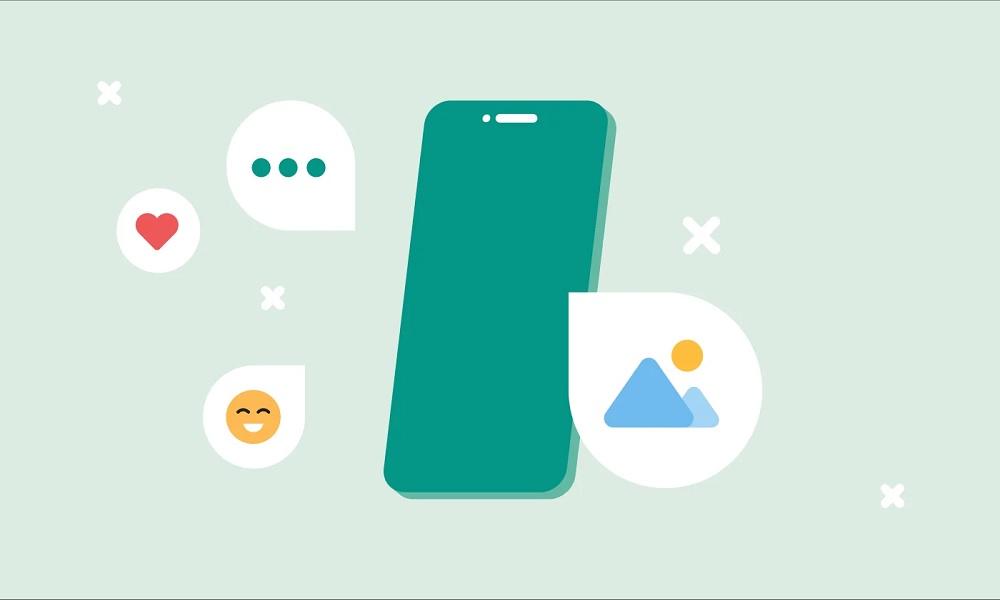
Beyond SMS and MMS, various app-based messaging services provide additional functionality:
- Instant Messaging (IM) Apps: Platforms like WhatsApp, Telegram, Facebook Messenger, and iMessage allow users to send messages over the internet rather than through cellular networks. These often include read receipts, encryption, and voice or video call integration.
- RCS (Rich Communication Services): A more advanced messaging format, RCS is an upgrade to SMS/MMS, offering features like typing indicators, high-quality media sharing, and read receipts. This is becoming the standard for Android users via Google Messages.
Where Are Text Messages Stored?
Text messages are stored in different locations depending on the type of device and messaging service used. Understanding where they are saved can help with retrieval, backup, or monitoring.
- On the Device: Messages are stored in the default messaging app on Android and iPhone.
- Cloud Backup Services: iCloud (iPhone) and Google Drive (Android) can store messages if backups are enabled.
- Mobile Carrier Records: Some carriers store message metadata (date, time, and numbers) but not message content.
- Third-Party Apps: If monitoring software is installed, messages may also be stored on external servers.
Knowing where text messages are stored helps in determining the best method to retrieve them.
6 Ways to View Text Messages Sent and Received
There are different ways to access text messages on a device, depending on whether you're using an official method, a third-party app, or a carrier service. Below are six effective methods to retrieve sent and received texts.
1. Checking Directly on the Device
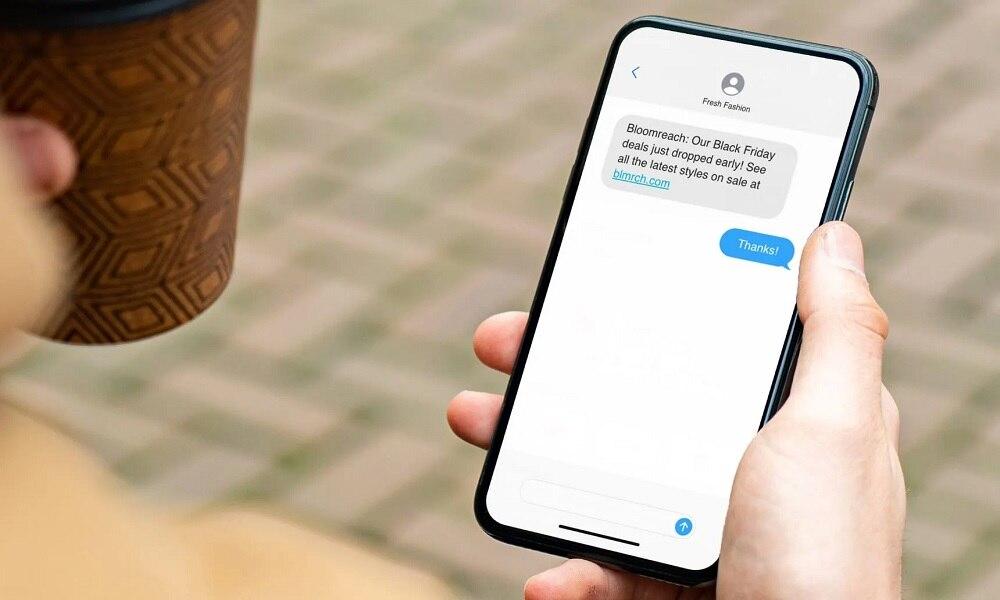
The easiest way to view text messages is by directly accessing the phone’s messaging app. Simply open the app to browse sent and received messages, including SMS, MMS, and instant messages from various chat applications, if installed.
Steps to Access Messages:
- Open the messaging app on the device.
- Browse through conversations to see sent and received messages.
- Use search features to find specific messages.
Pros:
- Free and easy to access.
- No need for third-party apps.
Cons:
- If messages are deleted, they may not be retrievable.
- Access requires physical possession of the device.
2. Using Cloud Backup Services
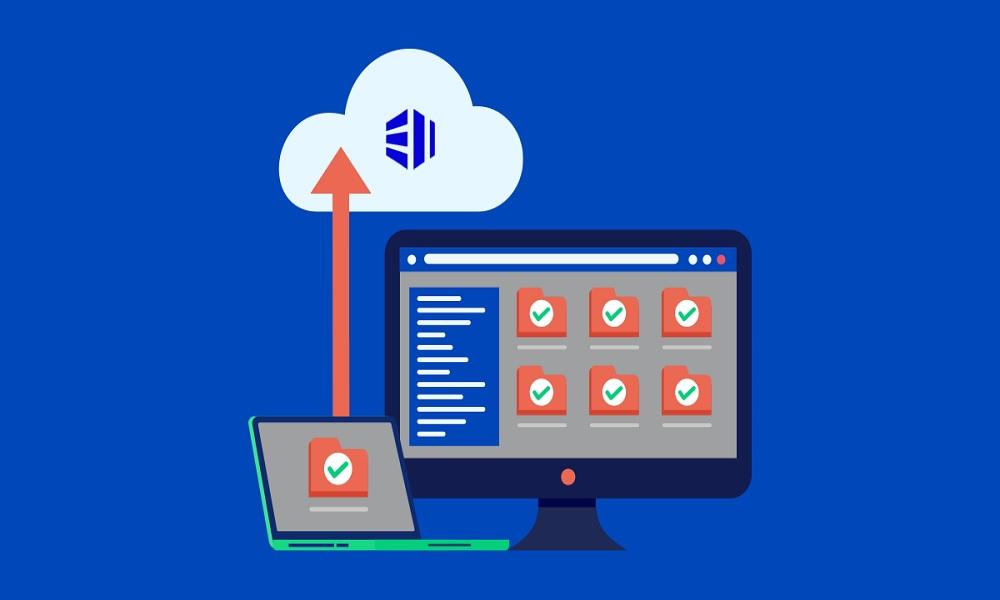
Cloud backup services, such as iCloud for iPhones and Google Drive for Android devices, automatically store text messages. Users can access these backups to retrieve messages, restore deleted conversations, or sync messages across multiple devices if backups are enabled.
How to Check iCloud Messages (iPhone Only):
- Go to Settings > [Your Name] > iCloud
- Tap on "Messages" to see if iCloud backup is enabled.
- Sign in to iCloud on another device to view messages.
How to Check Google Drive Messages (Android):
- Go to Settings > Google > Backup
- Check if "SMS messages" are backed up.
- Restore the backup on another Android device.
Pros:
- Automatic message backup.
- Can retrieve messages even if the phone is lost.
Cons:
- Only works if backups were enabled beforehand.
- Restoring a backup may overwrite existing messages.
3. Using SafeMyKid – The Best Text Monitoring Solution
If you're looking for a secure, efficient, and user-friendly way to view text messages sent and received, SafeMyKid is the ultimate solution. Designed for parents and guardians, this advanced monitoring tool provides real-time access to text messages while ensuring discretion and reliability.
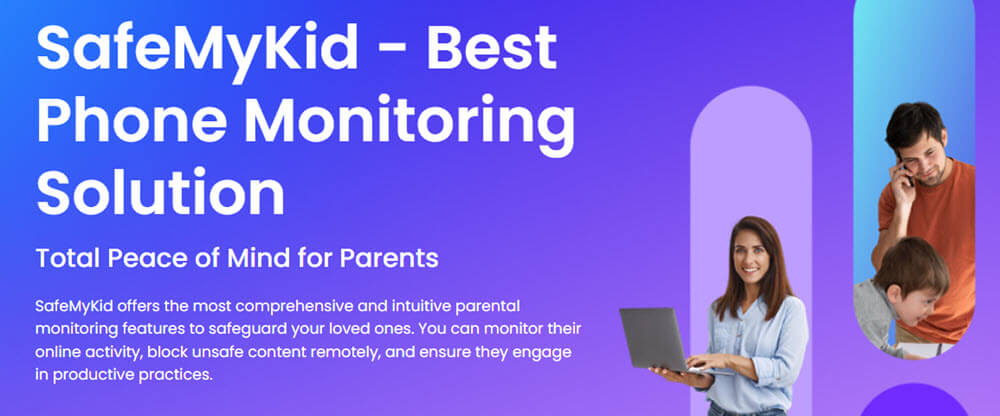
With SafeMyKid, you can monitor both SMS and popular instant messaging apps. It offers real-time updates, message history tracking, and even deleted message recovery, ensuring you never miss important details. Plus, its stealth mode keeps monitoring undetectable.
Why Choose SafeMyKid to View Text Messages Send and Received?
SafeMyKid stands out from other monitoring apps due to its powerful features, ease of use, and reliability. Here’s why SafeMyKid is the best option for viewing sent and received text messages:
- Real-Time Message Tracking: Instantly view all sent and received messages, including SMS and messages from supported instant messaging apps.
- Stealth Mode for Discreet Monitoring: Runs silently in the background on Android devices, ensuring undetected tracking.
- Deleted Message Recovery: Retrieve deleted text messages, ensuring no conversation goes unnoticed.
- User-Friendly Dashboard: Access all monitored messages from a simple online dashboard, making it easy to track conversations across multiple devices.
How to View Text Messages Sent and Received
To start monitoring text messages with SafeMyKid, follow these simple steps based on your device type:
How to View Text Messages Sent and Received on iPhone
Step 1. Sign up for SafeMyKid and log in to your account
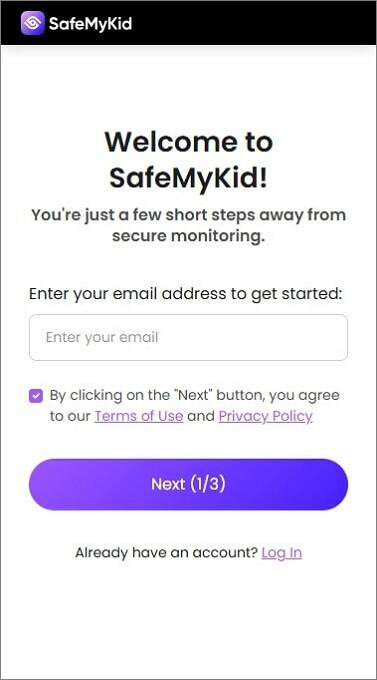
Step 2. Input the target device’s iCloud details to access synced messages remotely.
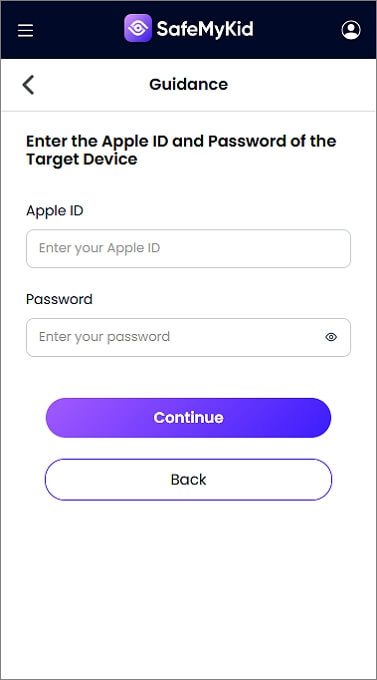
Step 3. Begin to access text messages sent and received remotely on SafeMyKid’s online dashboard.
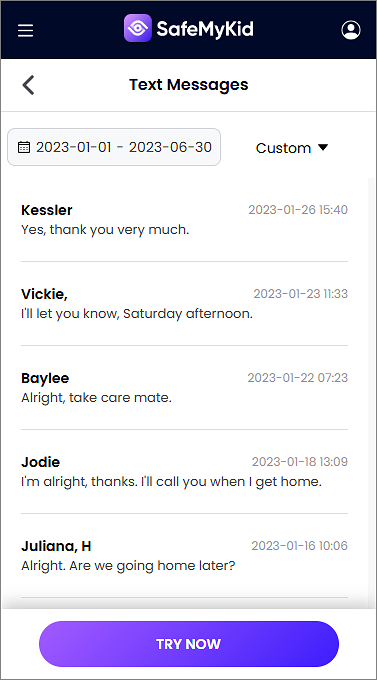
How to View Text Messages Sent and Received on Android
Step 1. Sign up for SafeMyKid and log in to your account.

Step 2. Download and install SafeMyKid on the target Android device. Follow onscreen instructions to grant necessary permissions to allow message tracking.

Step 3. Begin to view text messages sent and received in real time on Android.

Unlike many competitors that require jailbreaking or rooting, SafeMyKid is safe, legal, and effective. It offers seamless tracking without compromising the device’s security.
If you’re a parent concerned about your child’s online safety or need to keep a record of important messages, SafeMyKid provides the best monitoring solution for both iPhone and Android users.
4. Checking Online Messaging Services
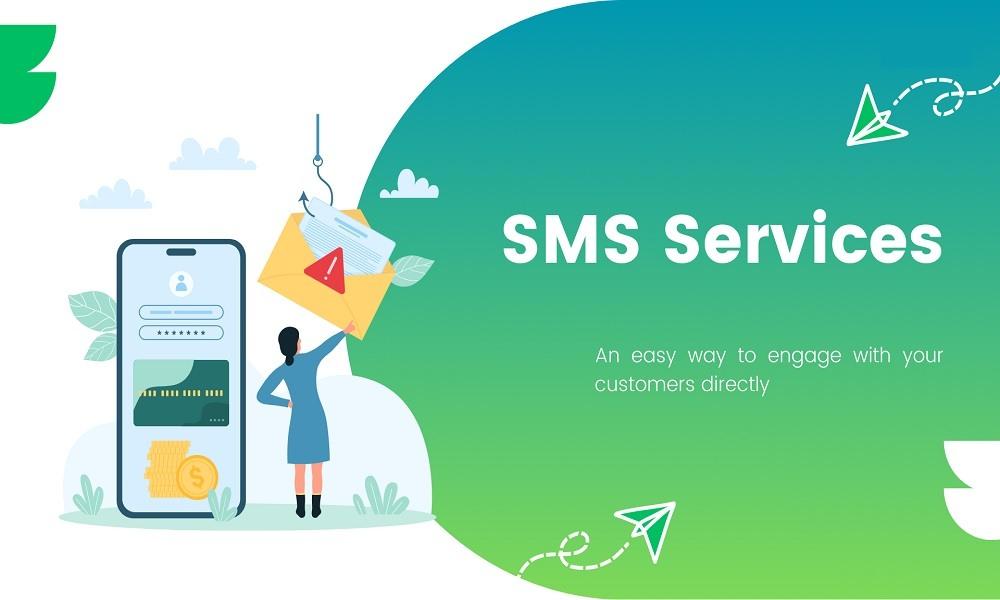
For users of web-based messaging services like WhatsApp Web, iMessage, or Facebook Messenger, messages can often be accessed through their respective online portals. Logging into the associated account allows viewing sent and received messages from any device.
Examples of Online Message Viewing:
- iMessage on Mac: Syncs texts between iPhone and Mac.
- Google Messages Web: Allows Android users to access messages on a browser.
Pros:
- No additional apps are
- Instant access to messages from another device.
Cons:
- Requires prior setup.
- Doesn’t work for deleted messages.
5. Restoring Deleted Messages with Recovery Tools

If text messages have been deleted, specialized recovery tools can help retrieve them by scanning device storage or cloud backups. These tools work on both Android and iPhone, allowing users to recover lost conversations and important message history.
Popular Recovery Tools:
- Fone – Data Recovery (Android & iPhone)
- Tenorshare UltData (iPhone)
Limitations of Recovery Tools:
- Not all messages are recoverable.
- Some tools require root/jailbreak access.
- Paid versions may be required for full recovery.
6. Contacting the Mobile Carrier
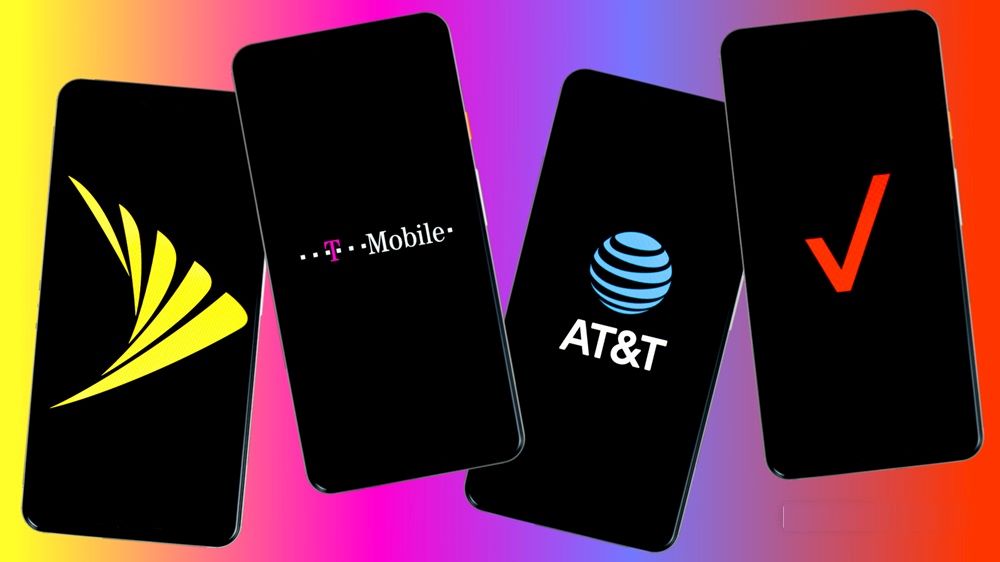
Certain mobile carriers retain text message records for a limited time and may provide access upon request. Users can check their carrier’s policies, log into their account portal, or contact customer support to retrieve message details if available.
Steps to Request Message Records:
- Log into your carrier's online portal (e.g., Verizon, AT&T).
- Check the billing or text log section for records.
- Contact customer support if message history is not available online.
Advantages of Carrier Logs:
- Provides official records of sent and received messages.
- Reliable and does not require installing apps.
Disadvantages of Carrier Logs:
- Most carriers only store metadata (numbers, timestamps), not full message content.
- Requires account holder authorization.
- Some providers may charge a fee for message retrieval.
Comparison of the 6 Ways of Viewing Text Messages Sent and Received
There are different ways to access text messages on a device, whether through direct access, cloud backups, monitoring apps, or carrier services. Below is a comparison of six effective methods to retrieve sent and received texts.
| Method | Pros | Cons |
|---|---|---|
| Checking Directly on the Device | Free and easy to access. No need for third-party apps. | Requires physical access. Deleted messages may not be retrievable. |
| Using Cloud Backup Services | Messages are automatically backed up and can be restored. | Works only if backups were enabled beforehand. Restoring may overwrite existing messages. |
| Using SafeMyKid (Monitoring App) | Real-time message tracking, including deleted messages. Works discreetly. | Requires installation on the target device. A paid subscription is needed for full features. |
| Checking Online Messaging Services | Allows access from another device. No need for additional apps. | Requires prior setup and login credentials. Doesn’t work for deleted messages. |
| Restoring Deleted Messages with Recovery Tools | Can retrieve deleted messages. Works on both Android and iPhone. | Not all messages are recoverable. Some tools require root/jailbreak access. |
| Contacting the Mobile Carrier | Provides official message records. Does not require app installation. | Carriers may only store metadata, not full messages. Retrieval may require authorization or incur fees. |
Each method has its advantages and limitations, so choosing the right one depends on accessibility, security, and retrieval needs.
Legal and Ethical Considerations on Viewing Text Messages Sent and Received
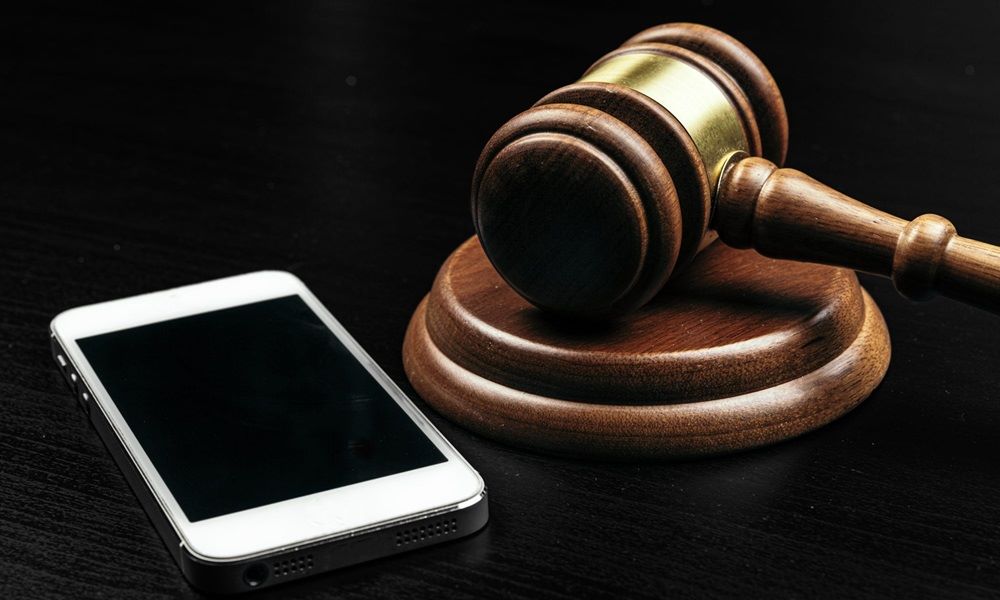
Before attempting to access someone else's messages, it's essential to consider privacy laws, as unauthorized access may be illegal in many regions. Many countries have strict regulations protecting digital communications, and violating these laws could lead to legal consequences.
If you are a parent monitoring a child's device, using a tool like SafeMyKid ensures responsible and ethical supervision while staying within legal boundaries. Parental monitoring is generally allowed when safeguarding minors, but it’s important to use these tools transparently and responsibly.
For employers or partners, accessing another person's messages without consent could breach privacy laws and trust. Always seek explicit permission when possible or explore legal alternatives such as requesting data through official channels.
Frequently Asked Questions (FAQs) on Viewing Text Messages Sent and Received
When it comes to accessing text messages, many people have concerns about legality, privacy, and the best methods to use. Below are answers to some of the most commonly asked questions.
1. Is it legal to monitor someone’s text messages?
Yes, monitoring text messages is legal if you have the right permissions. For example, parents can legally monitor their minor children’s messages, and employers can track company-owned devices with employee consent. However, spying on someone’s messages without their knowledge or consent is illegal in many regions.
2. Can I retrieve deleted text messages using these methods?
It depends on the method used. SafeMyKid can track messages in real-time, but it cannot recover messages deleted before installation. However, iCloud backups (for iPhones) and Google Drive backups (for Android) may contain previously deleted texts if backed up before deletion.
3. Does SafeMyKid work with encrypted messaging apps like WhatsApp or iMessage?
SafeMyKid primarily tracks SMS and iMessage. While it offers some monitoring capabilities for social apps, it cannot decrypt end-to-end encrypted messages from apps like WhatsApp or Signal. However, it can log message timestamps and sender details for some apps.
4. Can I view text messages from multiple devices at the same time?
Yes, SafeMyKid allows you to monitor multiple devices from a single dashboard. This is particularly useful for parents monitoring multiple children or employers overseeing company devices.
5. Will the person being monitored know that SafeMyKid is installed?
No, SafeMyKid operates in stealth mode on Android, making it invisible to the user. On iPhones, it does not require installation and retrieves messages via iCloud, making it completely undetectable.
6. Can I monitor a phone without physical access to it?
For iPhones, yes—you can view text messages remotely by accessing iCloud backups, meaning no physical access is needed once you have the iCloud credentials. However, for Android phones, you need one-time physical access to install SafeMyKid before monitoring.
7. What happens if the monitored device loses internet connection?
If the monitored device is offline, SafeMyKid cannot update message records in real time. However, once the phone reconnects to the internet, all collected data (including missed messages) will sync to the SafeMyKid dashboard.
Conclusion
To view text messages sent and received is possible through various methods, including built-in device features, cloud backups, mobile carriers, and third-party apps like SafeMyKid. While some methods are free and straightforward, others provide advanced monitoring features.
If you need a reliable and discreet way to monitor text messages, SafeMyKid offers the best solution for keeping track of your child’s communication securely and efficiently.




